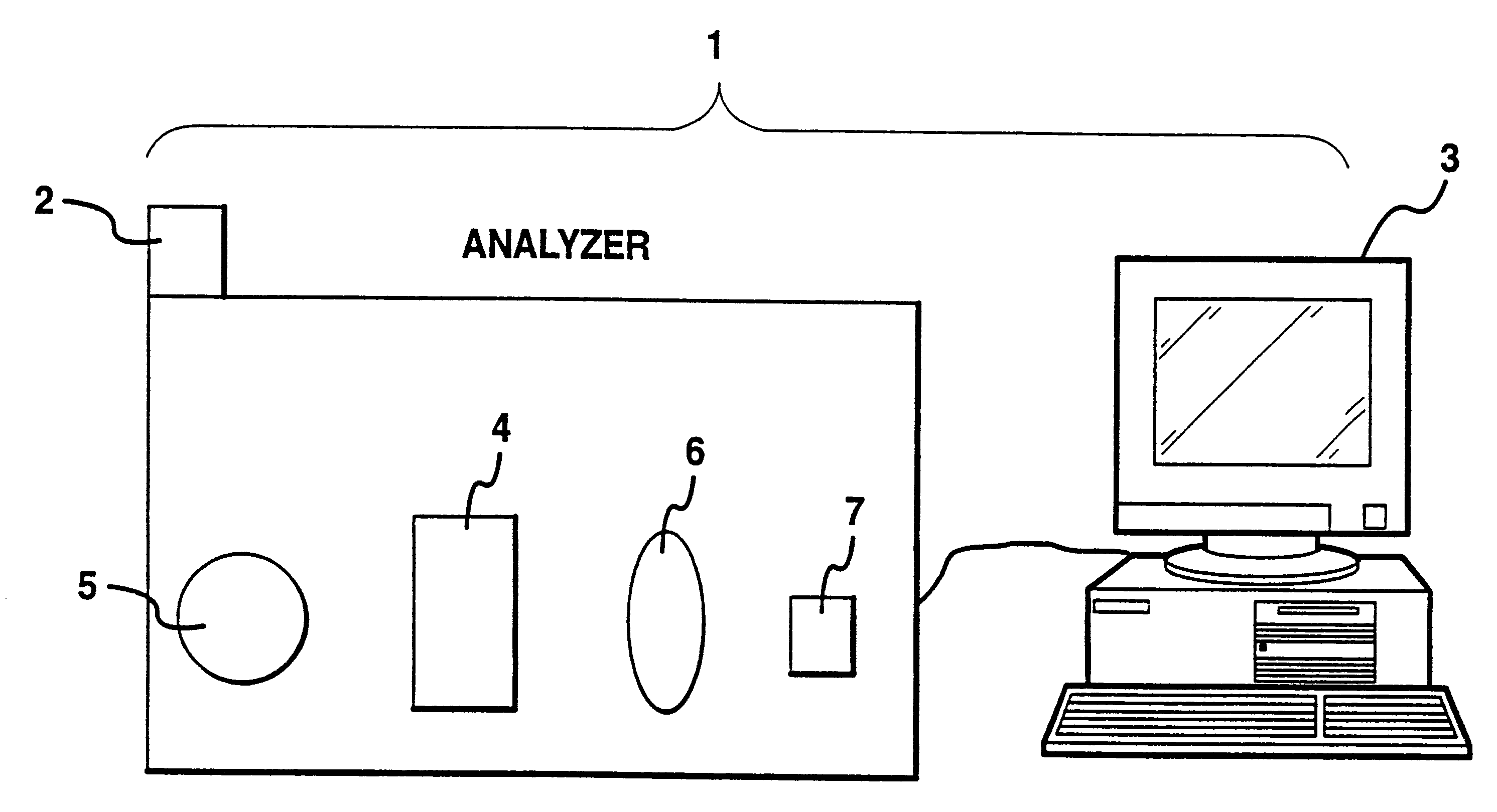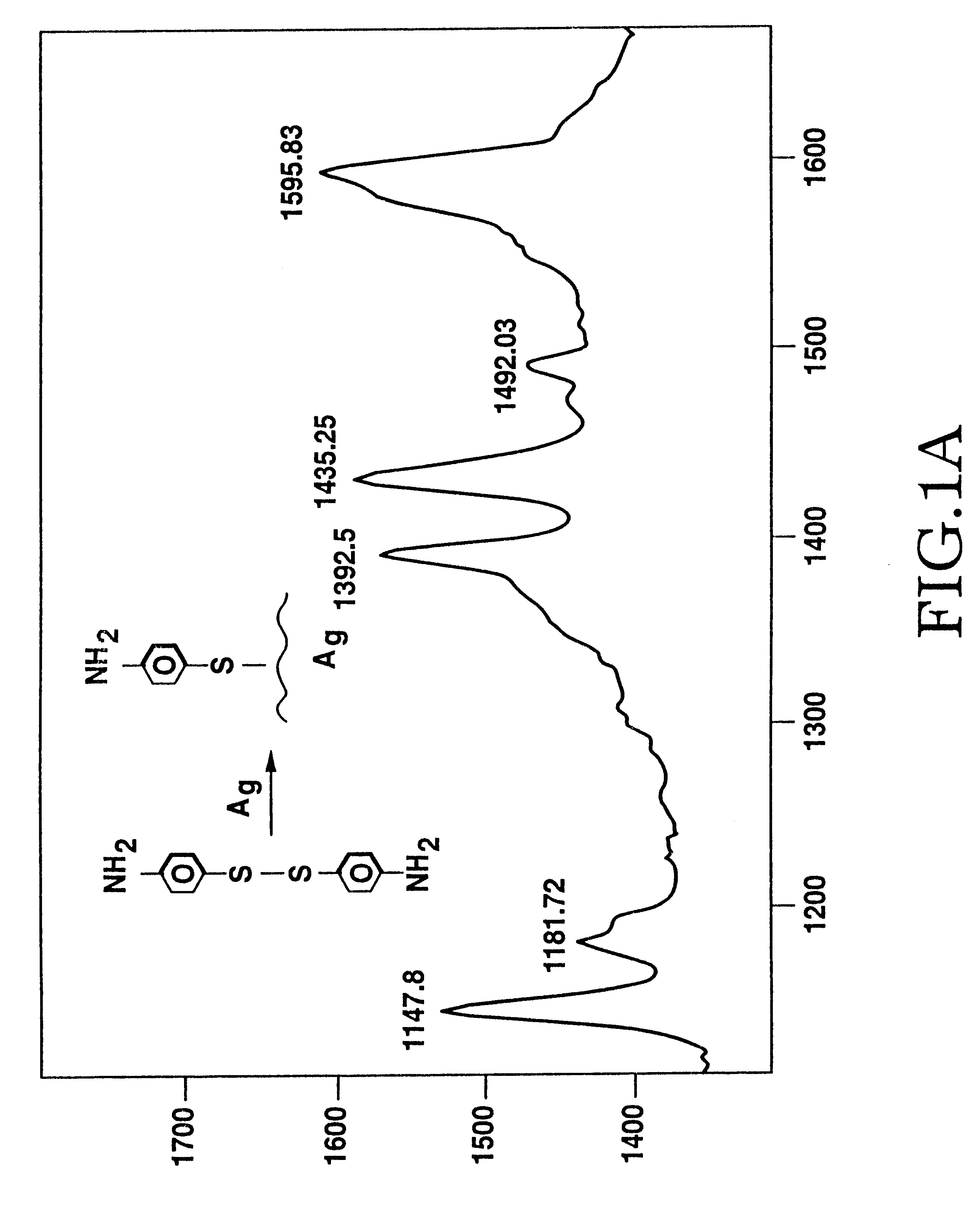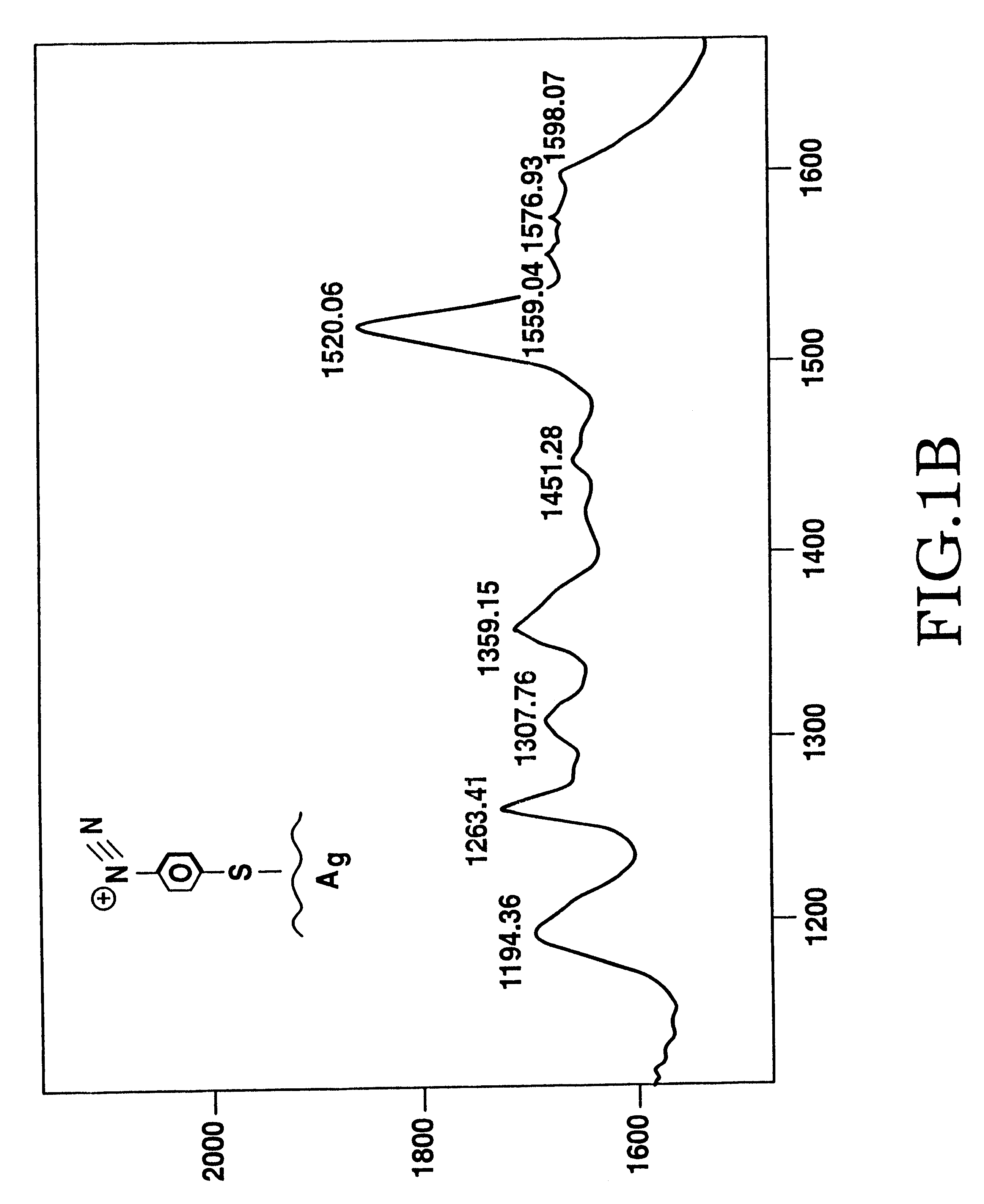Method and apparatus for detection of a controlled substance
a technology of controlled substances and detection methods, applied in the direction of instruments, spectrometry/spectrophotometry/monochromators, optical radiation measurement, etc., can solve the problems of limited sensitivity of analytical methods, and may not work for every analyte, so as to achieve less expensive instrument design and simplify the effect of analytical methods
- Summary
- Abstract
- Description
- Claims
- Application Information
AI Technical Summary
Benefits of technology
Problems solved by technology
Method used
Image
Examples
Embodiment Construction
As can be easily understood, the basic concepts of the present invention may be embodied in a variety of ways. It involves both analysis techniques as well as devices to accomplish the appropriate analysis. In this application, the analysis techniques are disclosed as well as various devices described and as steps which are inherent to utilization. In addition, while some devices are disclosed, it should be understood that these not only accomplish certain methods but also can be varied in a number of ways. Importantly, as to all of the foregoing, all of these facets should be understood to be encompassed by this disclosure.
The general spectroscopic technique can be easily understood from reference to FIG. 2. FIG. 2 shows an analyzer (1) which has some type of input (2) and results in some type of output (3). Either by providing the analyte or controlled substance itself or by providing an input where some type of sample surface or sample (4) can be provided to the analyzer (1), inp...
PUM
| Property | Measurement | Unit |
|---|---|---|
| pH | aaaaa | aaaaa |
| Raman spectroscopic | aaaaa | aaaaa |
| Raman | aaaaa | aaaaa |
Abstract
Description
Claims
Application Information
 Login to View More
Login to View More - R&D
- Intellectual Property
- Life Sciences
- Materials
- Tech Scout
- Unparalleled Data Quality
- Higher Quality Content
- 60% Fewer Hallucinations
Browse by: Latest US Patents, China's latest patents, Technical Efficacy Thesaurus, Application Domain, Technology Topic, Popular Technical Reports.
© 2025 PatSnap. All rights reserved.Legal|Privacy policy|Modern Slavery Act Transparency Statement|Sitemap|About US| Contact US: help@patsnap.com



